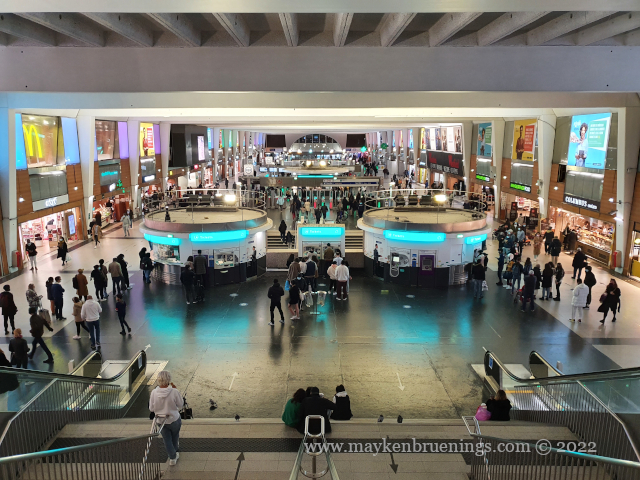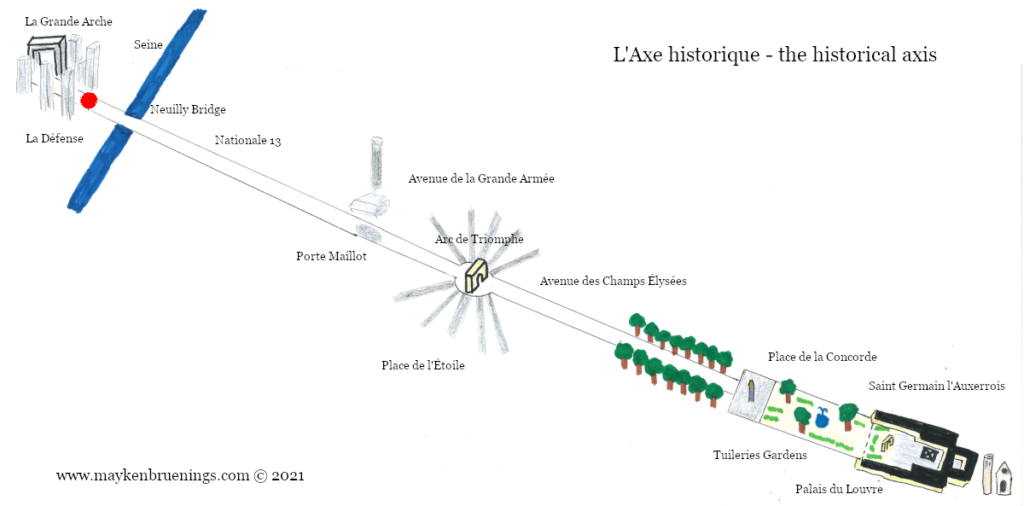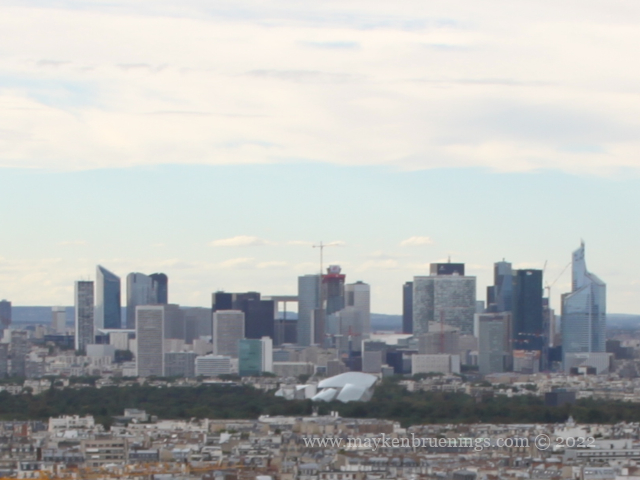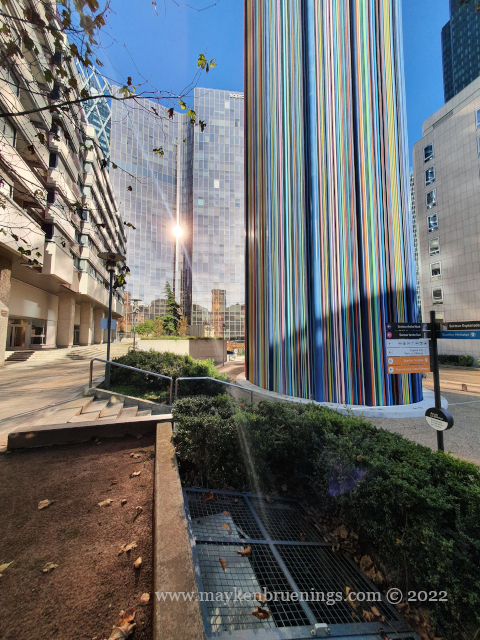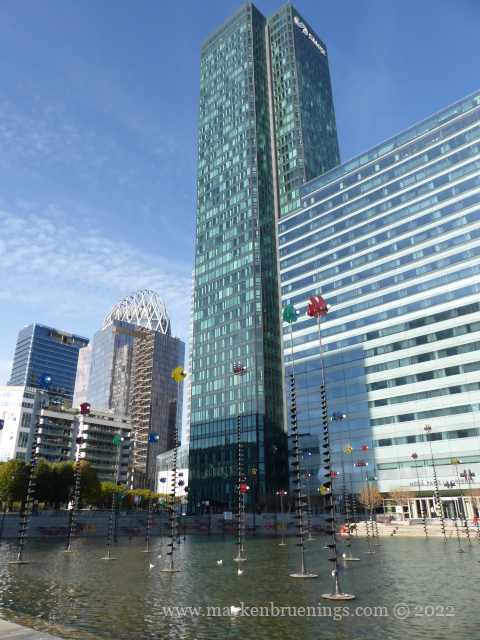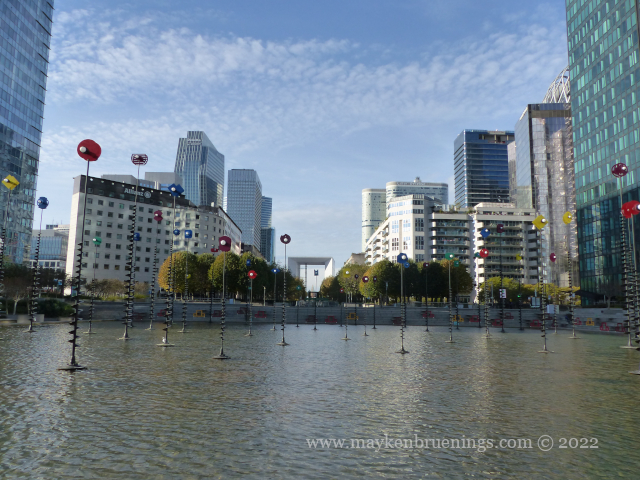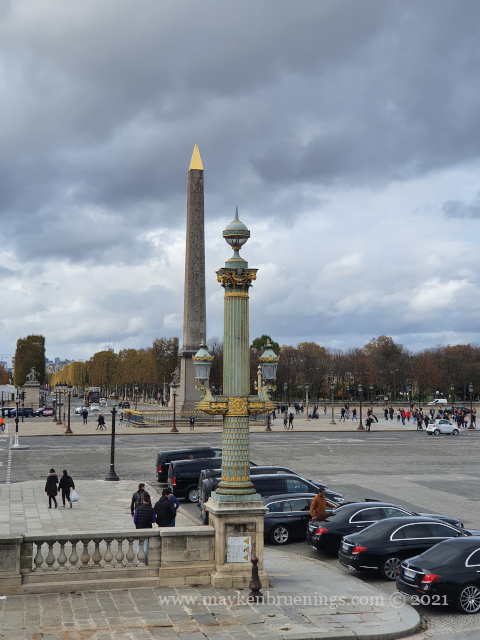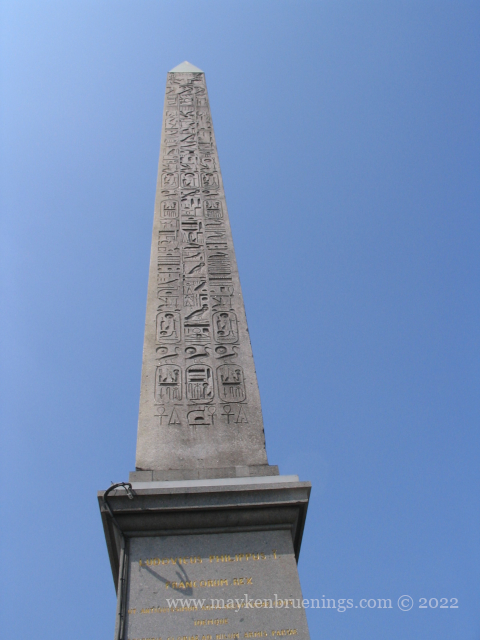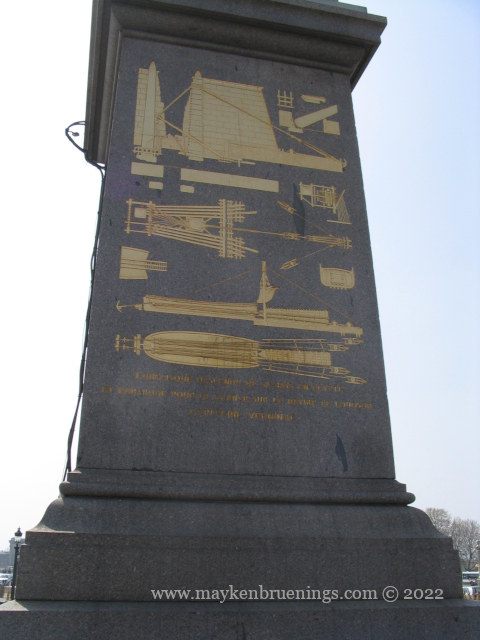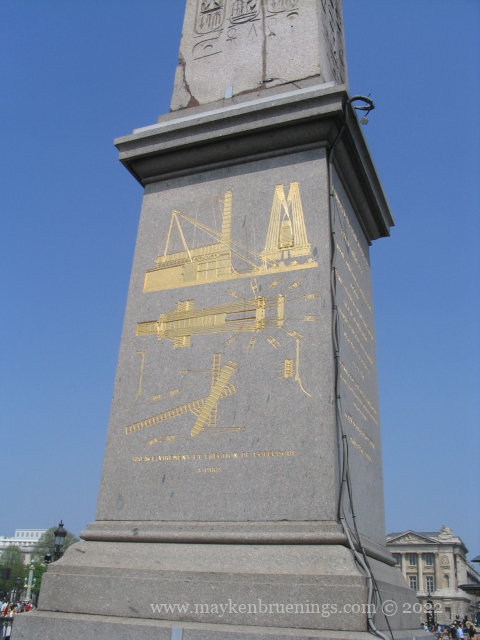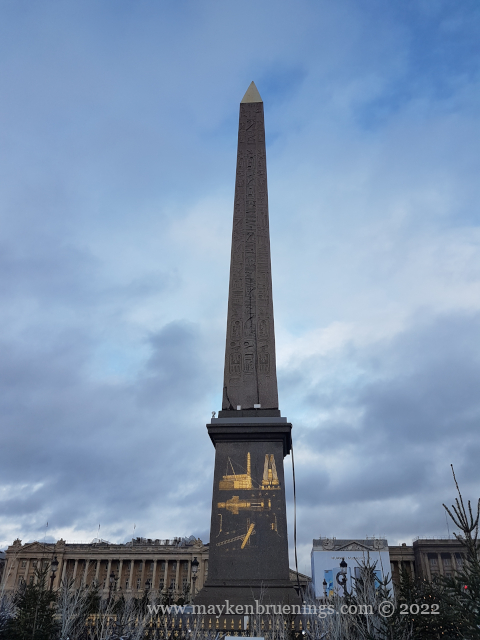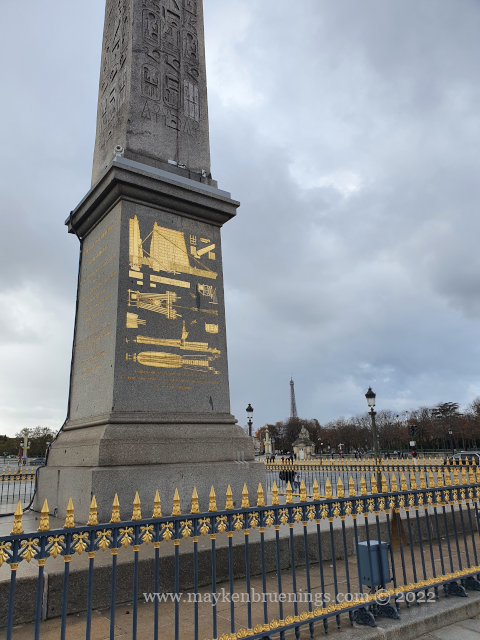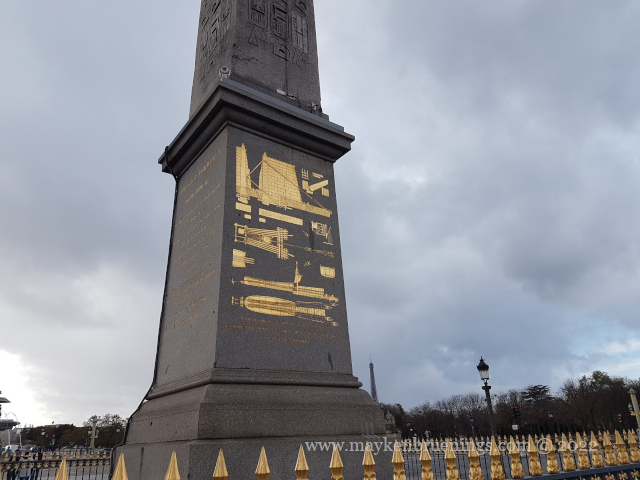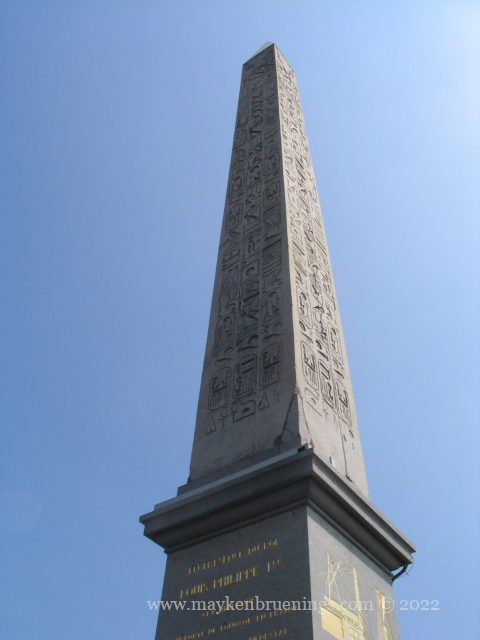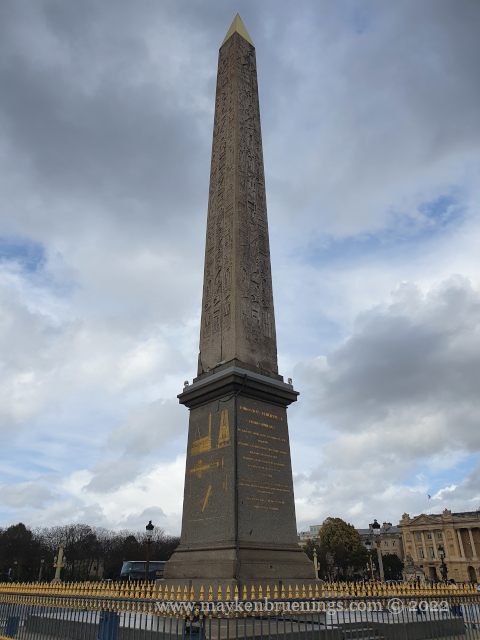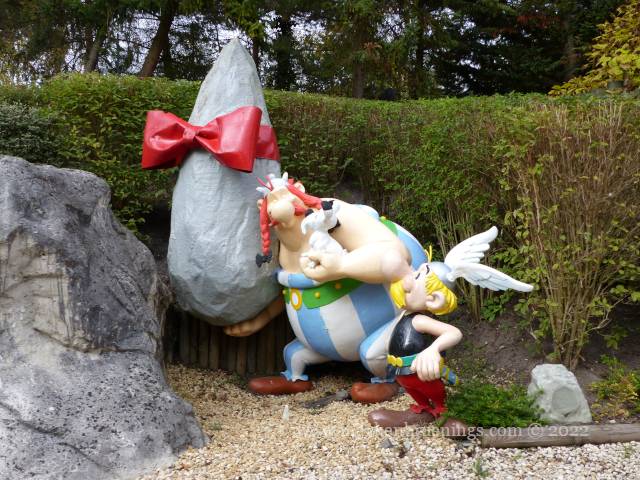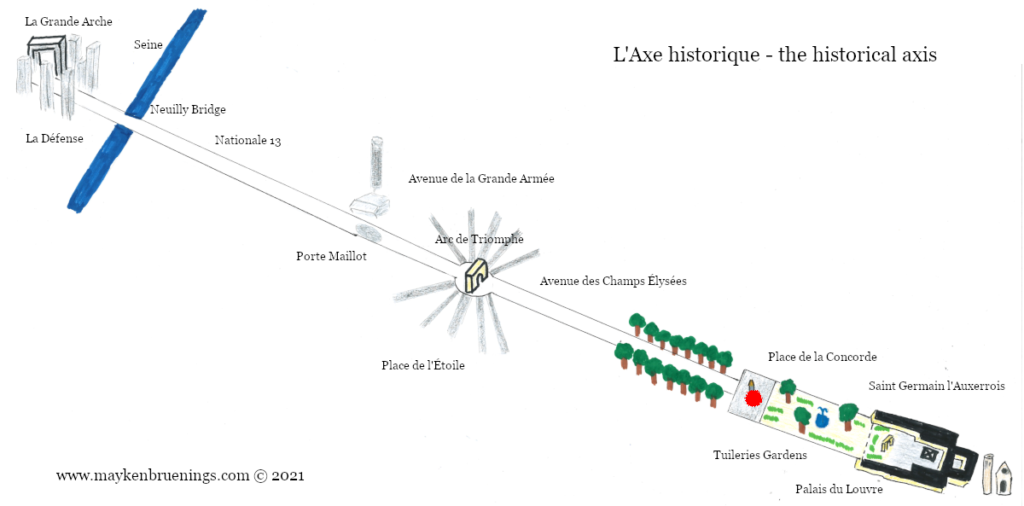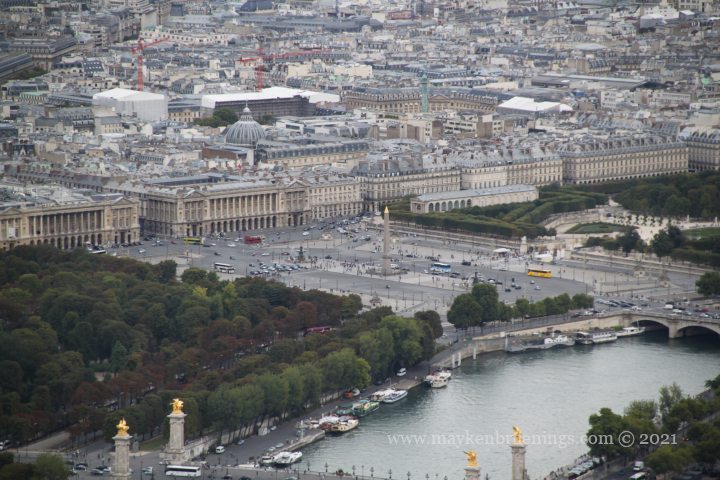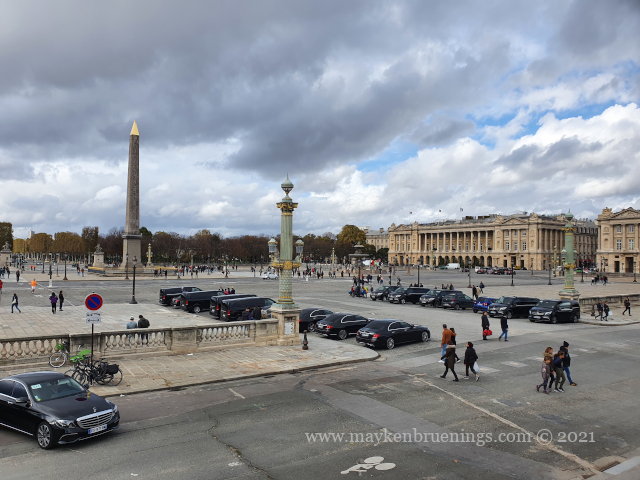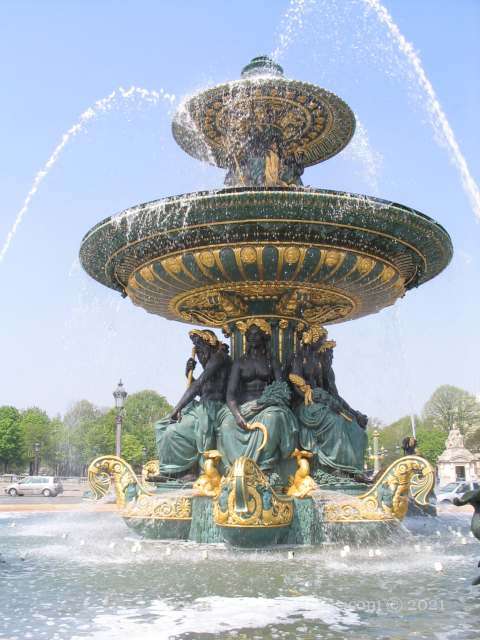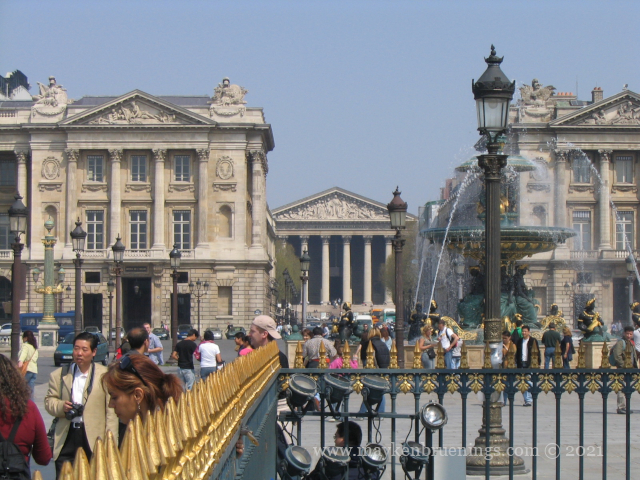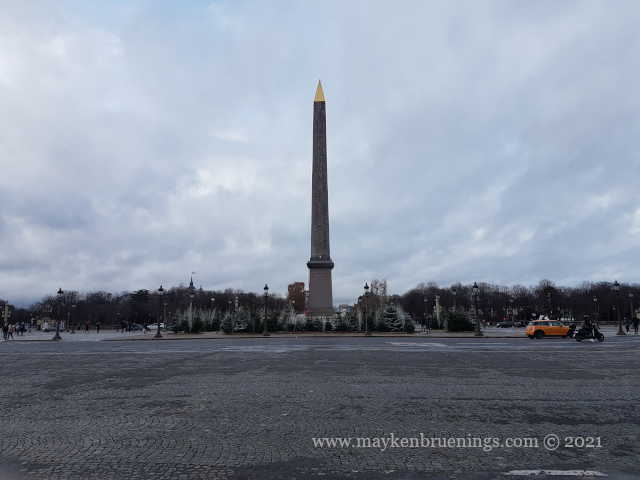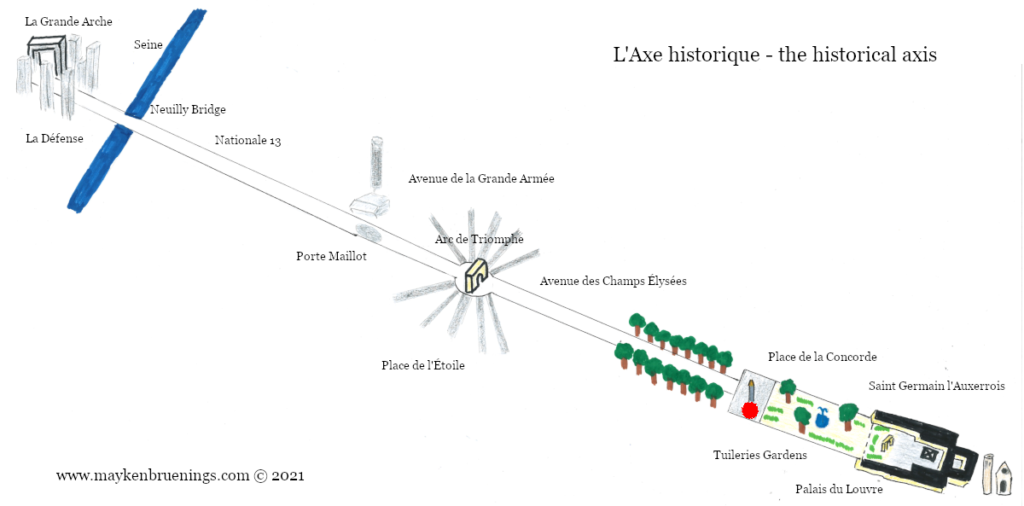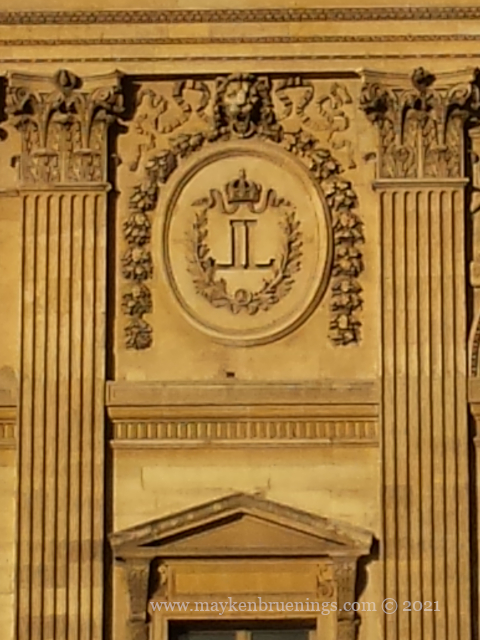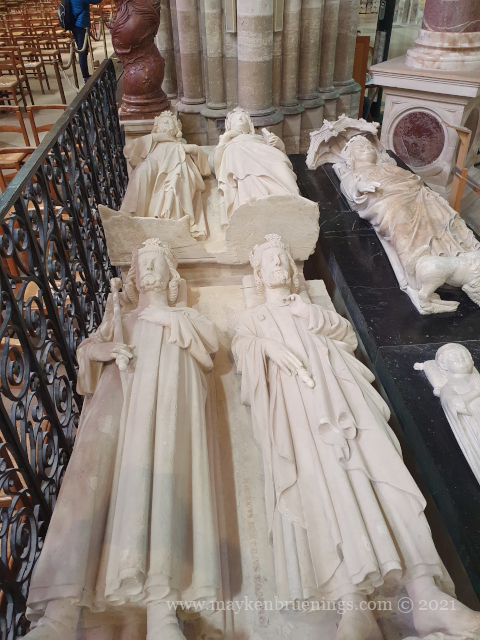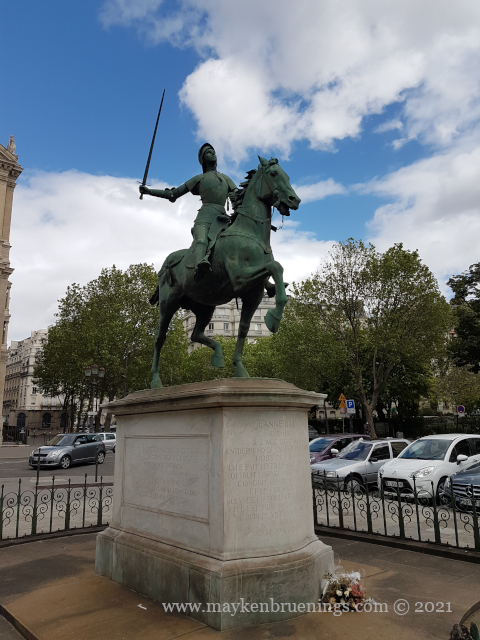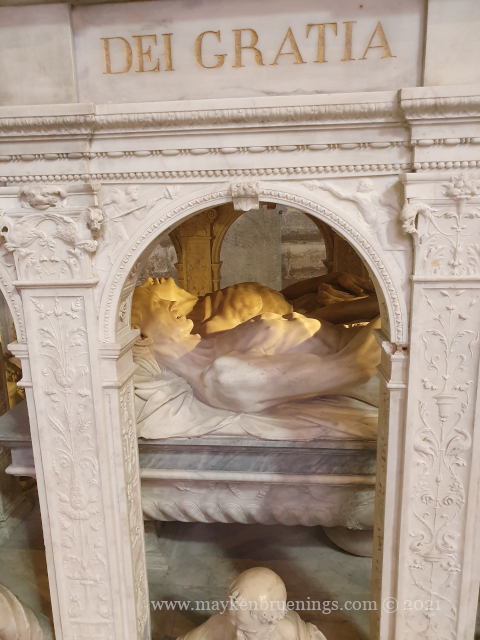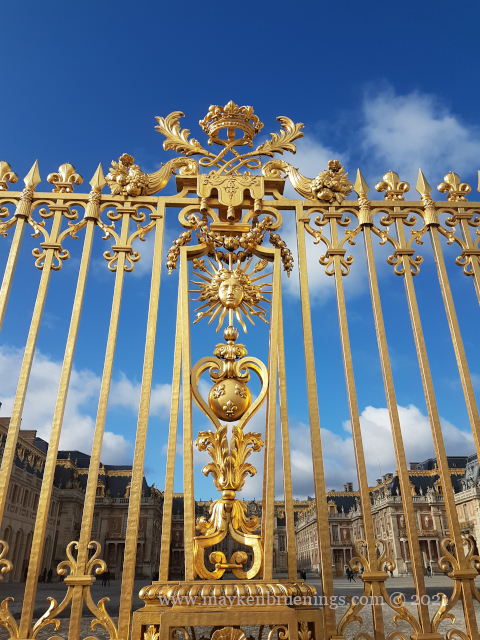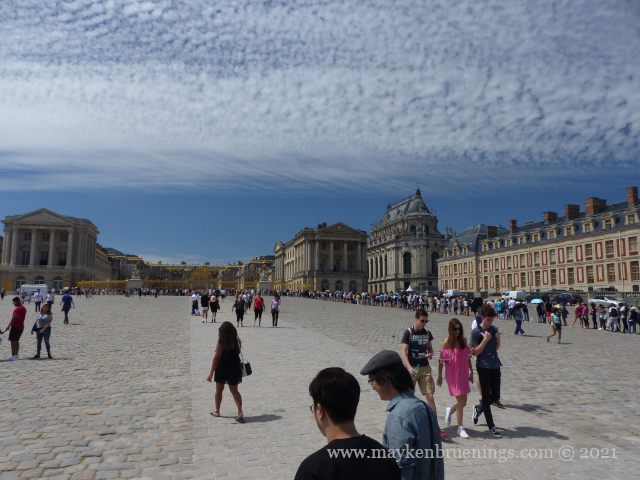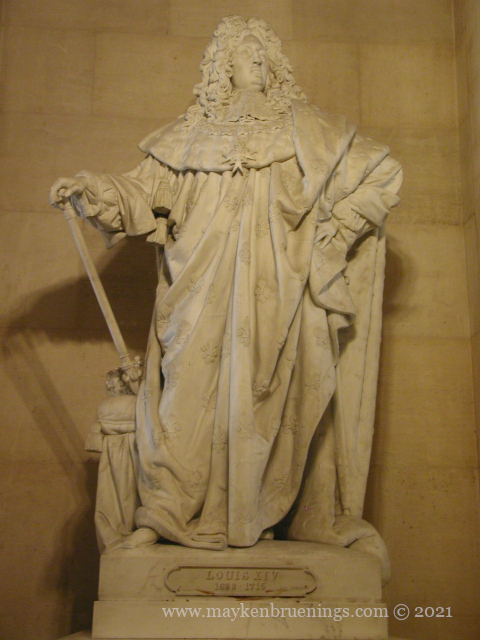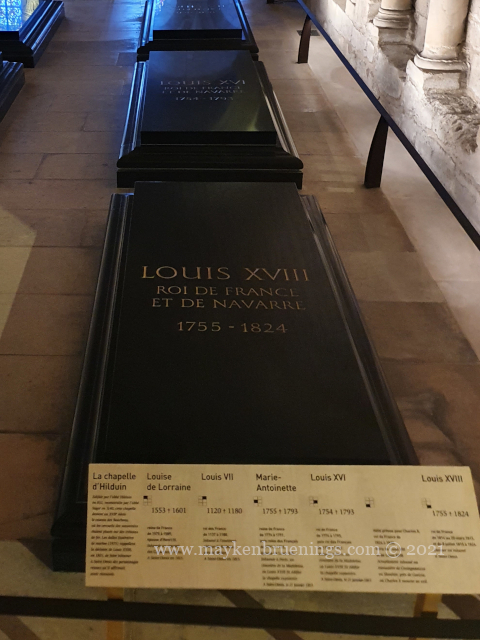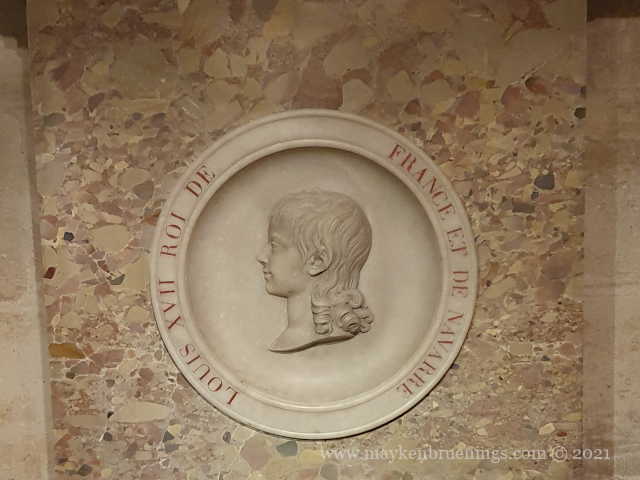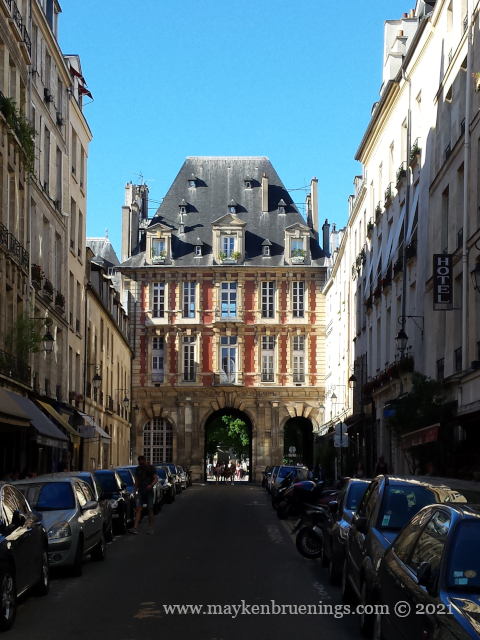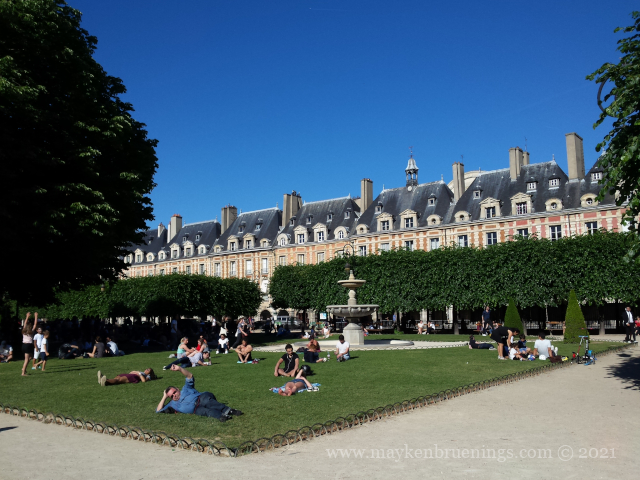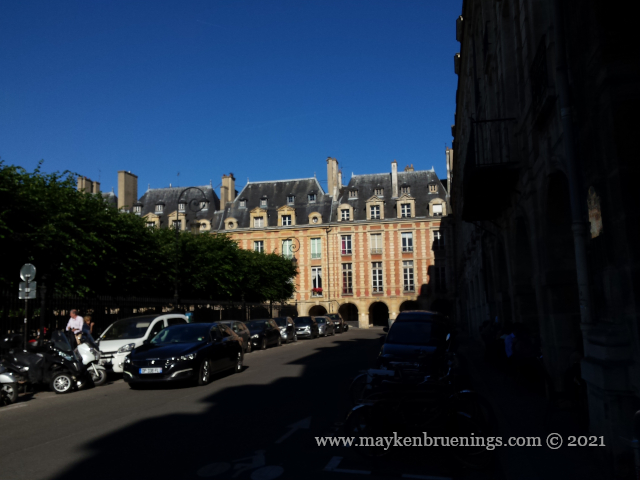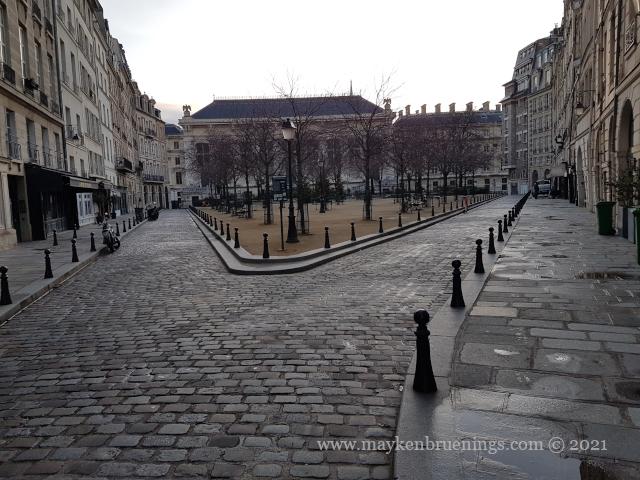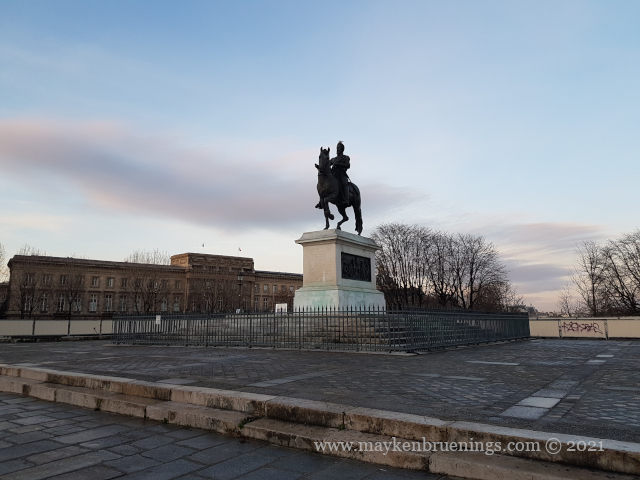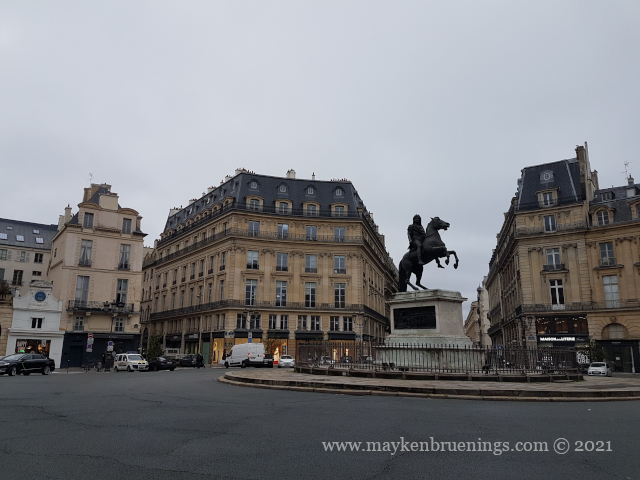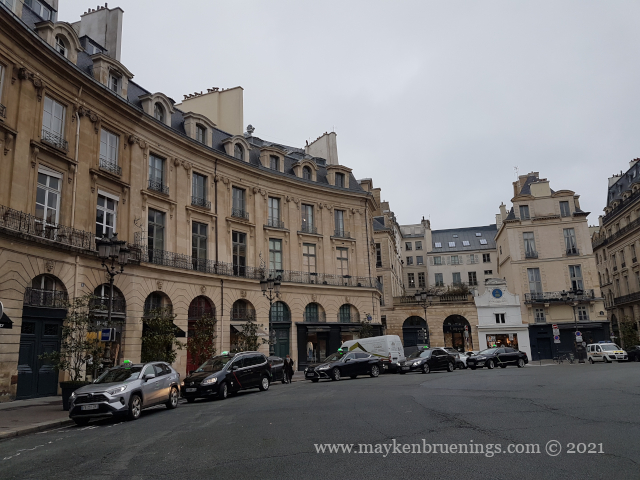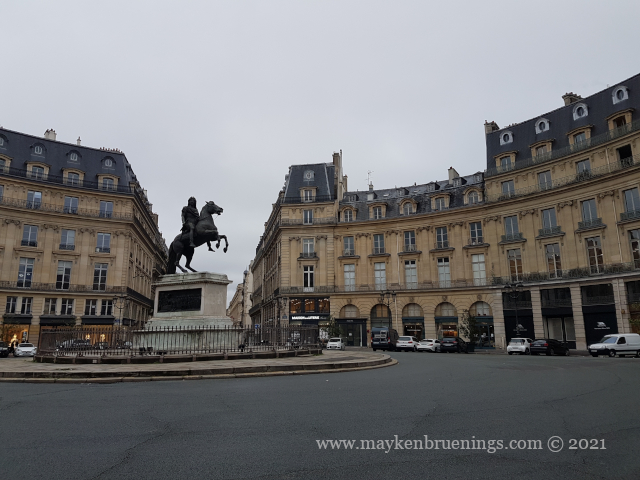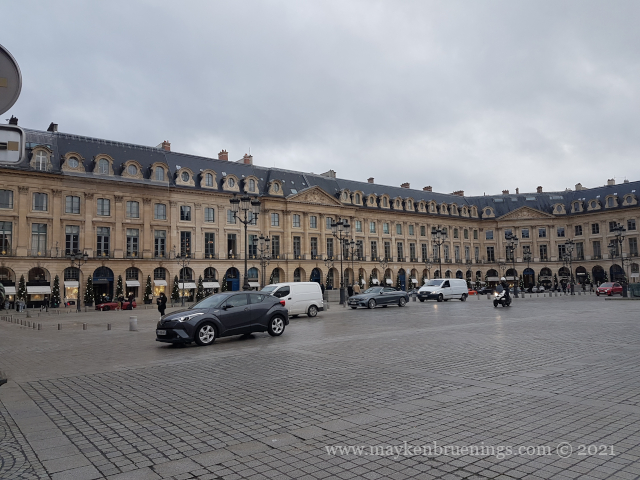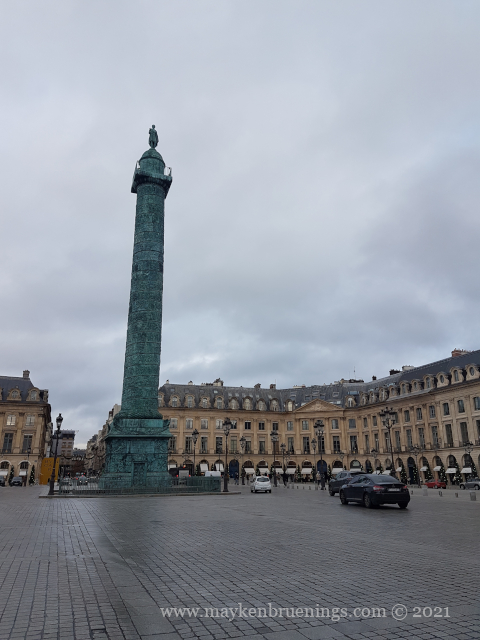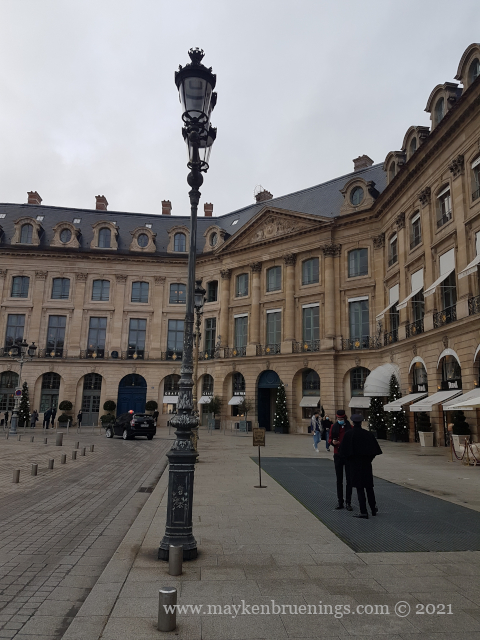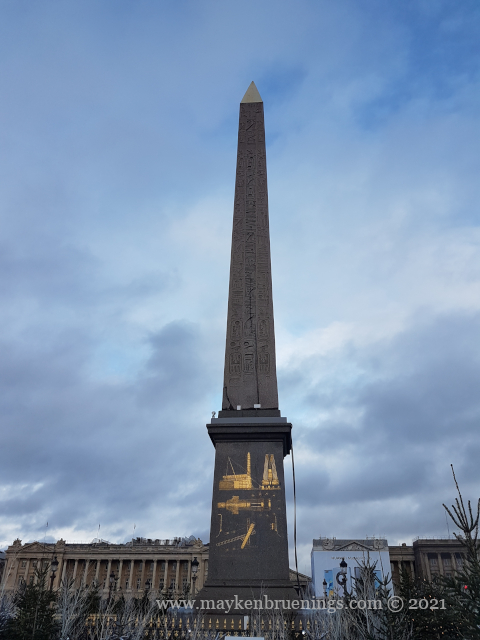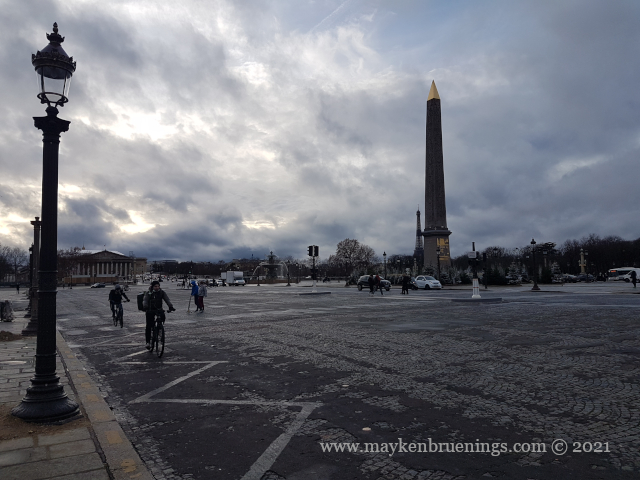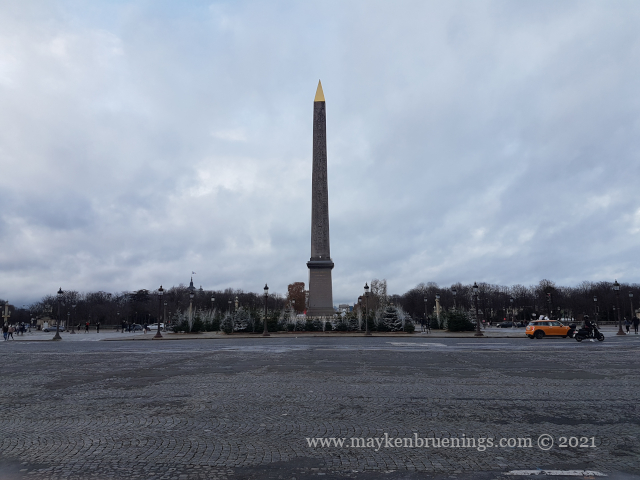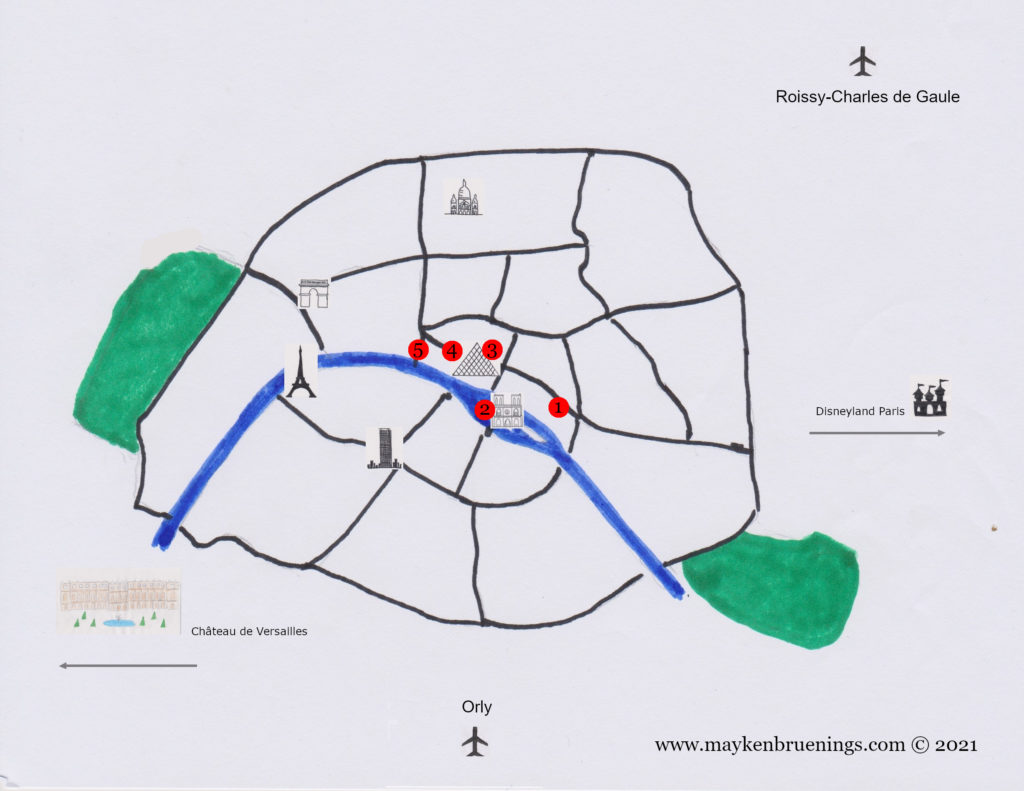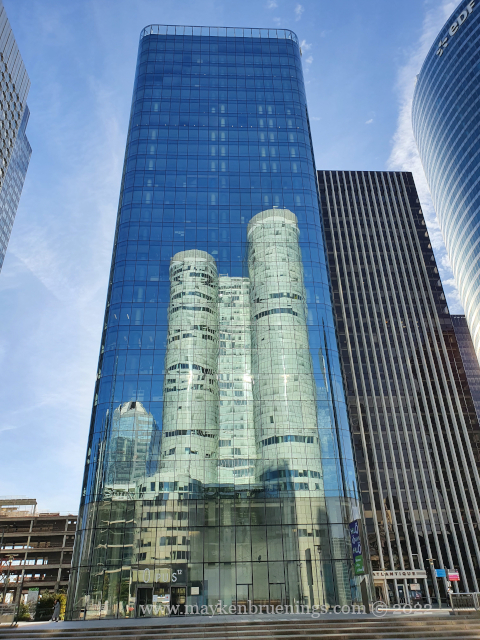
La Défense is Europe’s largest purpose-built business district with 560ha (1,400acres). It is located outside the Paris city limits in the département Hauts-de-Seine. and divided between four municipalities: Puteaux, Courbevoie, Nanterre and La Garenne-Colombes.
The name stems from a monument called La Défense de Paris honoring the soldiers defending the city of Paris during the Franco-Prussian war of 1870. It was inaugurated in 1883 and has since been moved several times to accommodate the changing business district that now bears its name.
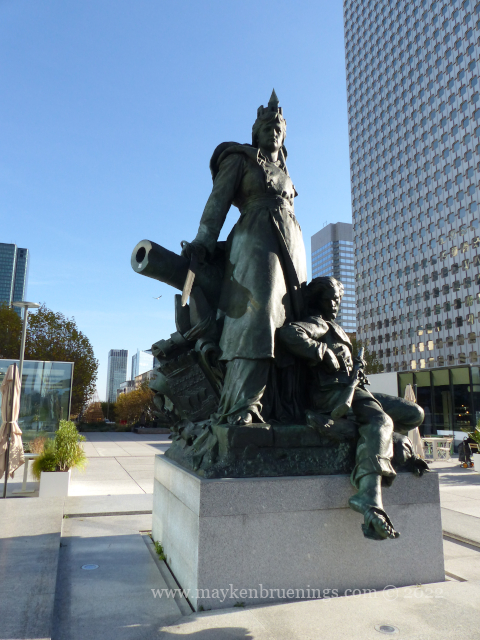
180,000 people work here, while only about 25,000 people live in the apartments that can be found in between the office towers. La Défense can be reached on public transport with the métro 1 which has two stations, one at each extremity: Esplanade de La Défense and La Défense (Grande Arche), as well as with the RER A at the La Défense station.
The axis in its extension from the Champs-Élysées was drawn under Louis XV, but it was only in the 1960s that the business district began to grow. It went through several stages until it became the collection of skyscrapers that it is today. Currently its highest tower is the Tour First at 231m, which is also France’s highest skyscraper.
Visitors to La Défense will notice the long esplanade stretching along the center of the district and culminating in the Parvis square between the CNIT, the Quatre Temps Shopping Center and the Grande Arche.
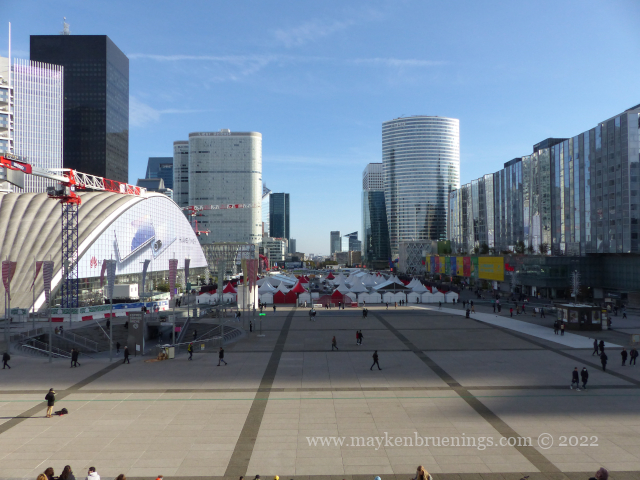
The CNIT is the oldest building of La Défense and the largest unsupported concrete span enclosed space in the world. Entry is free, you just need to look up to see the impressive roof structure.
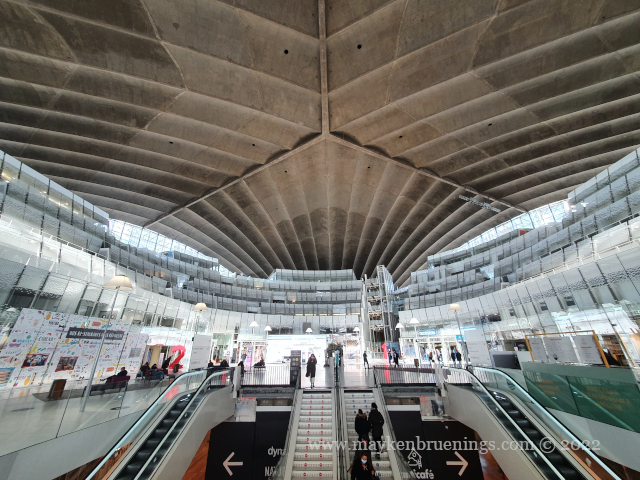
The Quatre Temps Shopping mall was the most visited shopping mall in France in 2019.
Below the esplanade hides a network of streets, the métro, the RER train, delivery docks, service and emergency access roads, and parking garages.
